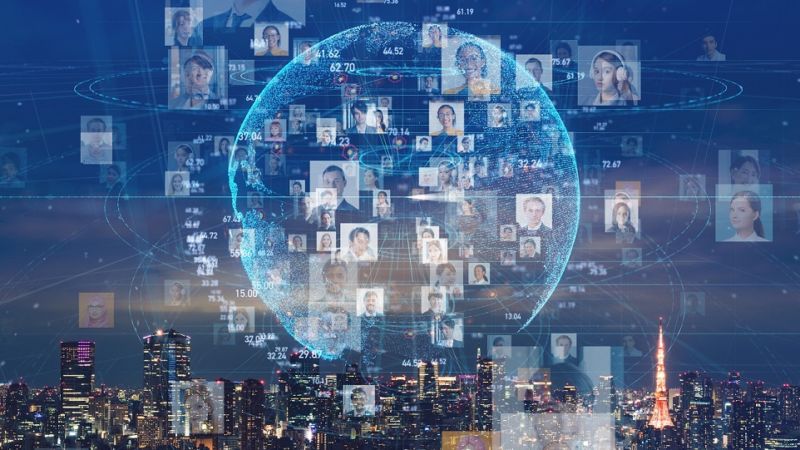How can forward-thinking legal and accounting employers gain an edge in employee retention? By investing in next generation corporate learning platforms
Career development and learning are a top 5 requirement for retaining talent in many professional service industries, including legal and tax & accounting.
In fact, increased coaching/mentoring was among the top-three factors law firm associates gave for staying at their current firm. Also, improved clarity for promotion to partner and alternative career options other than partner were tied for third most cited factor among senior associates in their decision to stay at their firms. Similarly, the recommendation to “ensure staff see a future with your organization” was among the top strategies to retain tax & accounting professionals.
Forward-thinking employers will gain an edge in retention by investing in next generation corporate learning platforms. Fortunately, artificial intelligence (AI), virtual or augmented reality evolution, and custom and individualized learning platforms that are based on employees’ goals and job requirements are increasingly available.
For example, the total number of hours that employees within the accounting and legal industries spent learning new skills increased by 86% year-over-year between 2020 and 2021, according to Apratim Purakayastha, the chief technology officer of Skillsoft. The number of unique learners increased by 44% year-over-year with the most popular skill areas of interest including professional improvement, data analysis, productivity and collaboration tools, project management, and digital transformation.
Technology-driven learning-enhanced employee performance
The technology skills and tools allow learners to move beyond basic skill development and toward improving their employee performance, benefiting employees by adding context, relevance, and personalization to the learning experience. More specifically:
-
-
- Using machine learning and AI embedded within corporate enterprise systems enables firms to track how employees use these systems. As a result, cognitive, behavioral preferences and engagement are better understood for each employee. As an increased understanding of how learners are engaging in the content occurs, chief learning officers can demonstrate knowledge transfer and measure the learners’ impact. The technology also allows for personalization of content based on individual goals and gaps in skills.
- Virtual or augmented reality offer enhanced experiential learning methods through physically and mentally immersive environments. Feedback on how to improve in job performance in sales training, for example, occurs in the moment.
-
Evolution in tying objective assessment to learning
Objective-based assessments for learning in corporate training is relatively new. Academia has long used the instructional design model of learning objectives and measuring the mastery of them through the use of objective assessments.
Purakayastha elaborates on how this works at Skillsoft:
-
-
- To help individuals learn a new coding language, for example, there are a multitude of skills to learn, which often show up in the form of a course syllabus. Each topic in the syllabus is tied to learning objectives. Within each topic, there will be several skills to learn, and each skill is tied to a discrete learning objective. Each discrete course being aligned with a learning objective enables the opportunity to test mastery of knowledge.
- The assessment of skills mastery within a topic is achieved through a 20-question test. If a learner gets 17 right and 3 wrong, Skillsoft offers a custom pathway of “discrete” ways as follow-up steps based on the questions that were answered incorrectly.
- Student can gain efficiency within the skill mastery journey through a personalized path that can close any temporary skill gap they may face.
-
The efficiency of a learner demonstrating command of the material is essential for professional learning. This is because learners dedicate an average of only 10% to 20% of their time to learning, spending the remaining majority of their time performing daily job responsibilities.
Impact on enhancement of “power skills”
Perhaps the greatest impact of the combination of using technology and the objective assessment learning model is the expanded opportunity to enhance power skills — sometimes referred to as soft skills (which should be rebranded) — especially of managers. Indeed, the hybrid work environment demands greater leadership, emotional intelligence, and communications skills.
With the advancement of technology already taking over routine tasks, some believe this will free up more time and mental bandwidth to allow employees and managers to devote to creative problem solving and people management. This mixture of increased mental capacity and effective people development skills can create the opportunity to expand the positive impact of employee engagement and experience.
Challenges could slow down progress
While these technologies offer a multitude of opportunity, the current technical skill gap could slow down progress. Indeed, according to Skillsoft’s Purakayastha, the most in-demand skills include system and solution architecture, cloud computing, AI and machine learning, all of which are necessary to maximize the return on investment that these technologies offer.
At the same time, instructional designers and learning leaders are playing catch-up. They need to understand the economics involved and the potential value for both workers and the business. For now, the potential for transformation in the corporate learning & development space is massive now, even with the challenges. Right now, personalized recommendations that include microlearning lessons, hands-on practice labs, instructor-led training, and longer-form curricula are available to enhance and deepen employees’ skillsets.
It’s very similar to learning how to work more effectively in an agile way, explains Purakayastha. To learn this skill, knowledge is delivered through exercises, cohort-based learning, and virtual live instructional training. These instruction-led training programs can blend into a cohort-based learning journey that includes courses, articles, and videos. Group learning through seamless integration with already existing collaboration tools — such as MS Teams and Slack — enable internal colleagues to learn together. This is monumental progress.







